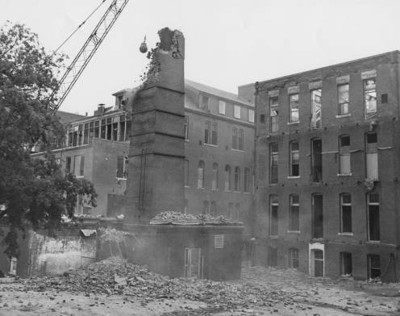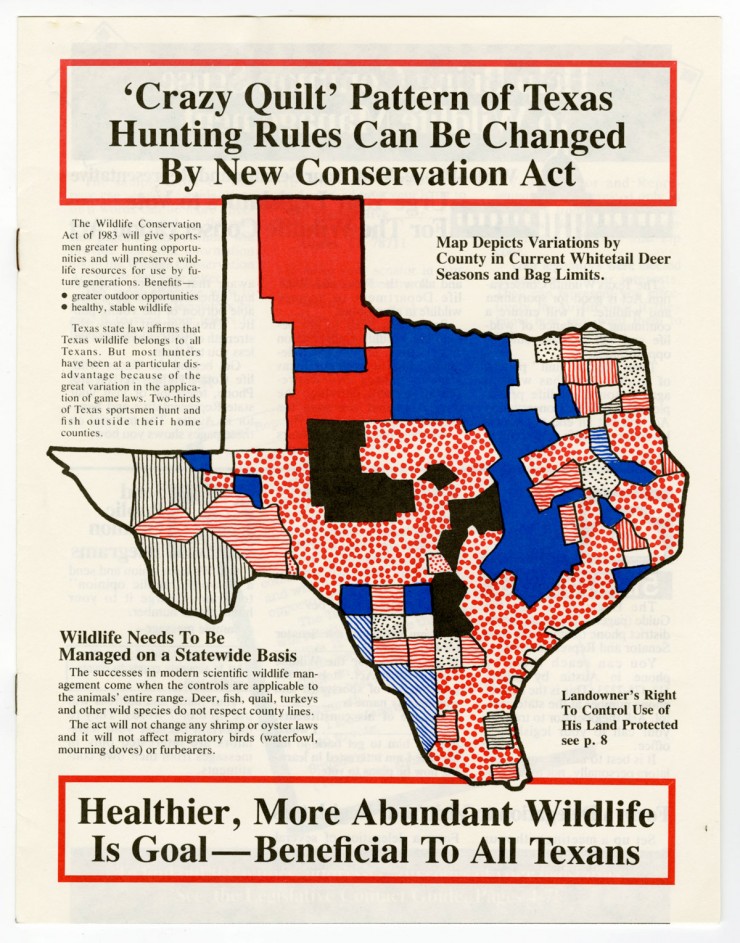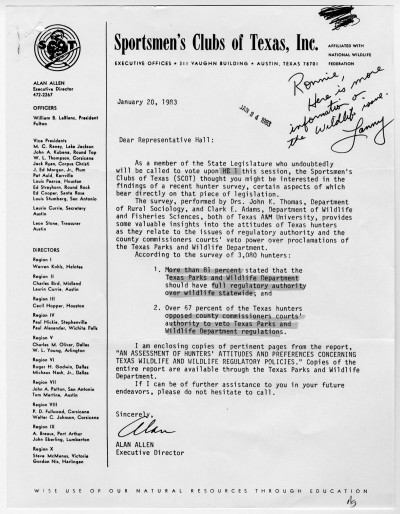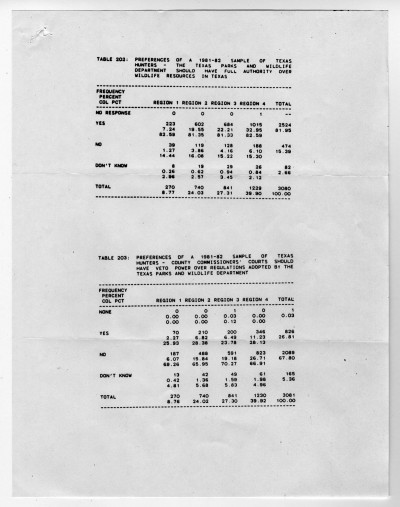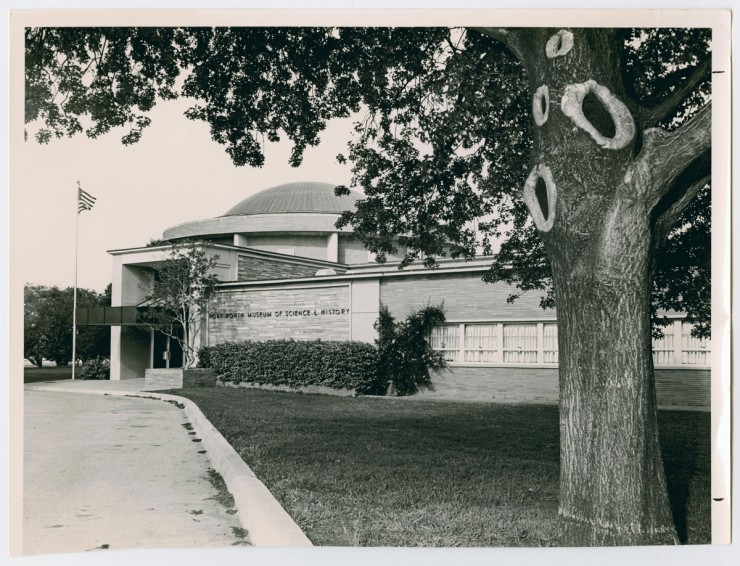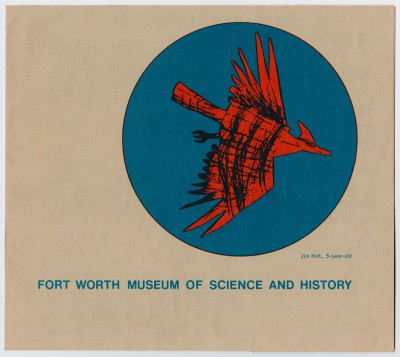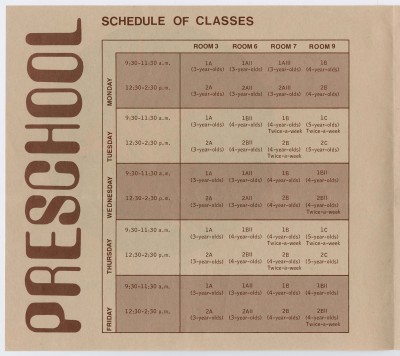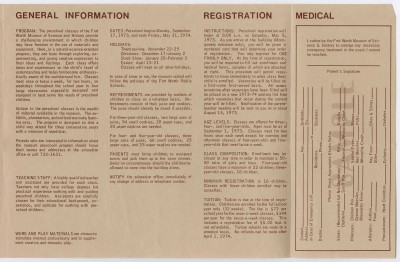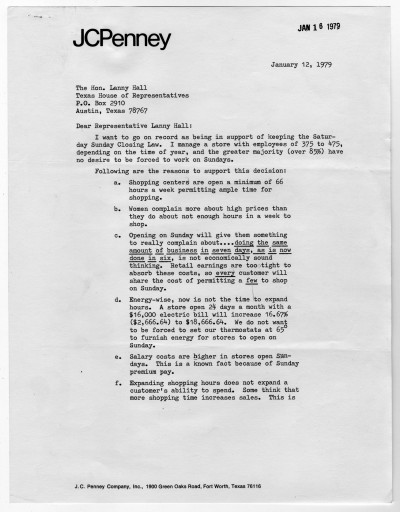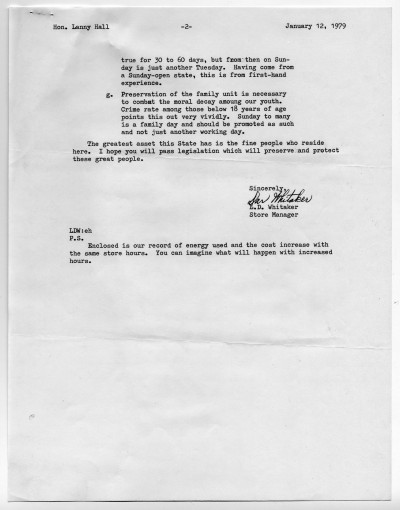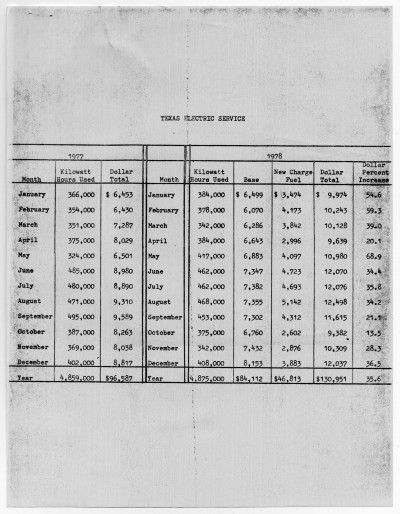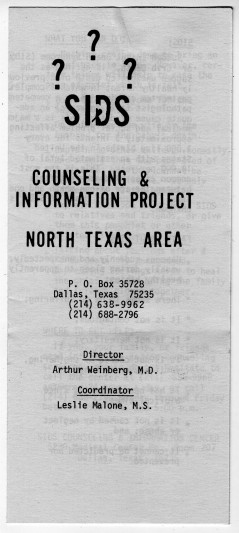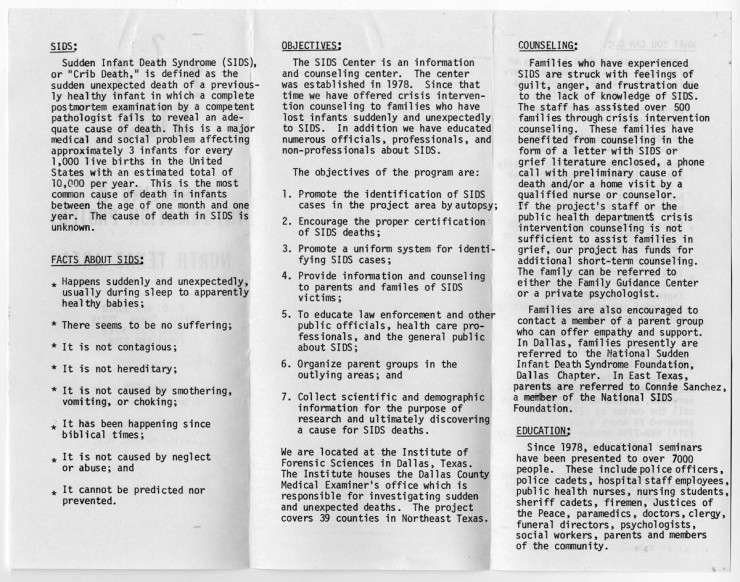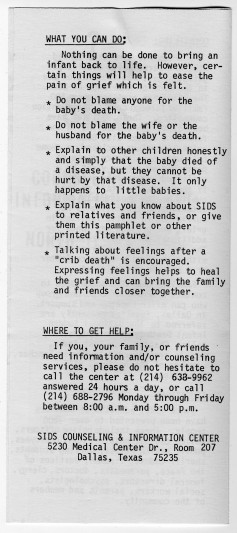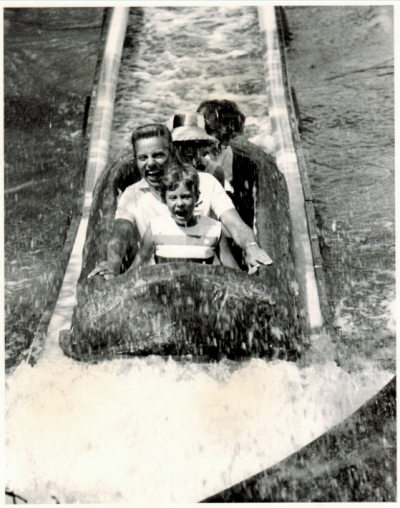In 1956, Mother Goose and her brood settled down in the metroplex. Storybook Land opened in April of that year to the delight of area children, who flocked with their families to the theme park located just east of Carter Field on Highway 183.
![WBAP-TV (Television station : Fort Worth, Tex.). [News Script: Storybook Land], Script, April 13, 1956; (http://texashistory.unt.edu/ark:/67531/metadc777789/ : accessed December 18, 2015), University of North Texas Libraries, The Portal to Texas History, http://texashistory.unt.edu; crediting UNT Libraries Special Collections, Denton, Texas.](http://blogs.library.unt.edu/southwest-metroplex/wp-content/uploads/sites/14/2015/12/metadc777789_l_UNTA_AR0787-005-1956-04-13-07_05-400x505.jpg)
WBAP-TV (Television station : Fort Worth, Tex.). [News Script: Storybook Land], Script, April 13, 1956; (http://texashistory.unt.edu/ark:/67531/metadc777789/ : accessed December 18, 2015), University of North Texas Libraries, The Portal to Texas History, http://texashistory.unt.edu; crediting UNT Libraries Special Collections, Denton, Texas.
Any theme park with a storytale theme wouldn’t be complete without The Little Old Woman Who Lived in a Shoe. A KXAS/NBC-5 news anchor quipped that “Before the days of FHA, one elderly woman lived in a shoe with a large family. . . and got the children to bed early — of course, that was before television.” Other fairytale characters that lived at Storybook Land included Little Red Riding Hood, the Crooked Man who lived in the Crooked House, Jack from Jack and the Beanstalk, Humpty Dumpty, and all the animals from Noah’s Ark.
Storybook Land was a short-lived predecessor to Six Flags Over Texas, the amusement park that would come to take the metroplex by storm. Attractions at Storybook Land included live animals (the Three Billy Goats Gruff were real, real ba-ba black sheep, and the carousel was run by real shetland ponies).
The park was owned and operated by Mr. and Mrs. K. K. Stanfield, who later opened a second theme park next door to their first: Cowboy Town. Just a look at the Storybook Land map makes it clear how wondrous of a place the park was. Although it is gone today, it is believed that a car dealership took its place on Highway 183, and that is certainly open for business.


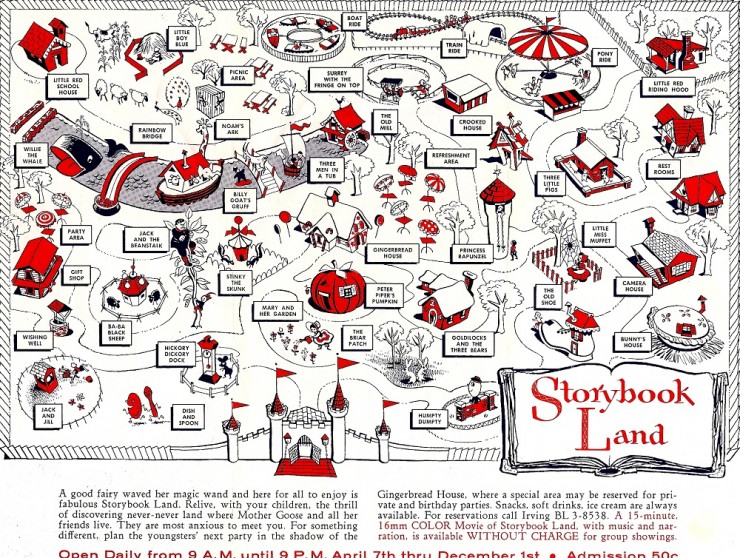
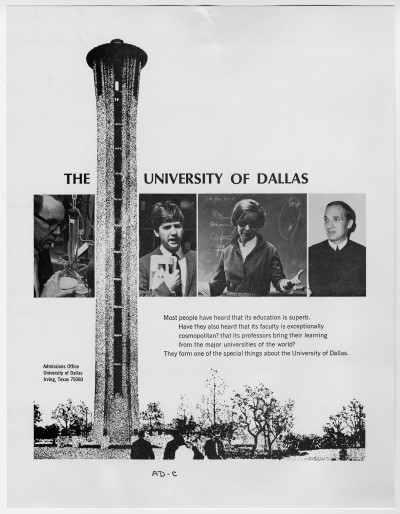
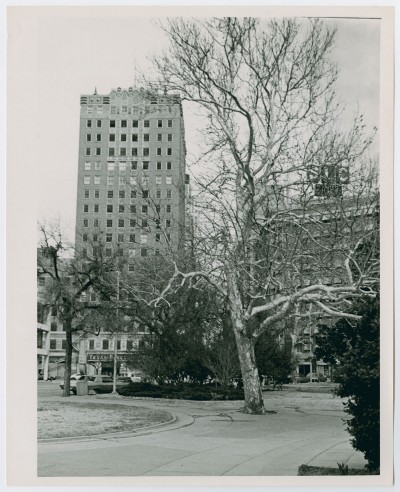
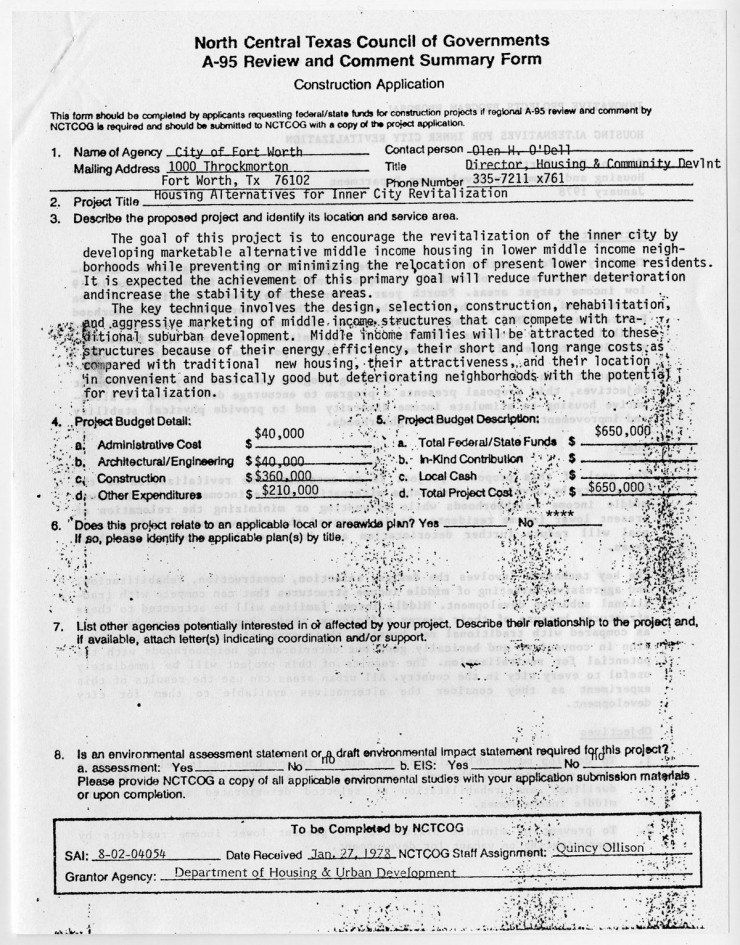
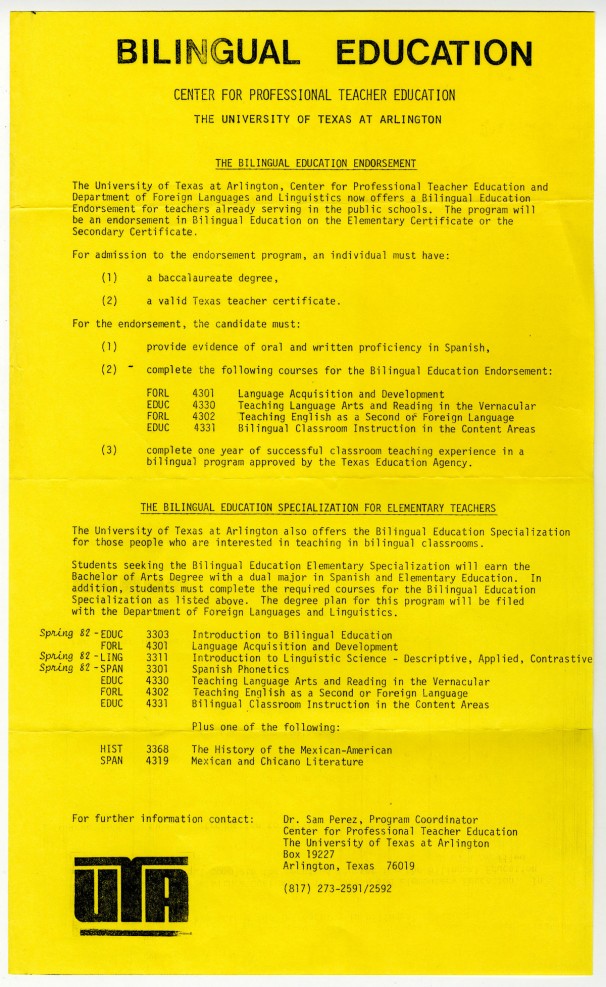
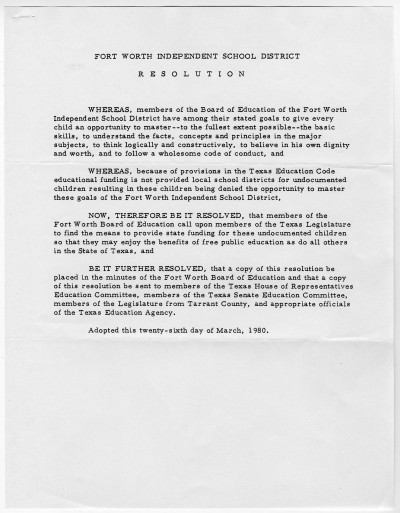
![[Map of St. Paul's Hospital], Postcard, n.d.; (http://texashistory.unt.edu/ark:/67531/metapth121635/ : accessed December 01, 2015), University of North Texas Libraries, The Portal to Texas History, http://texashistory.unt.edu; crediting Dallas Heritage Village, Dallas, Texas.](http://blogs.library.unt.edu/southwest-metroplex/wp-content/uploads/sites/14/2015/12/metapth121635_l_1983.42.914_01-740x476.jpg)
